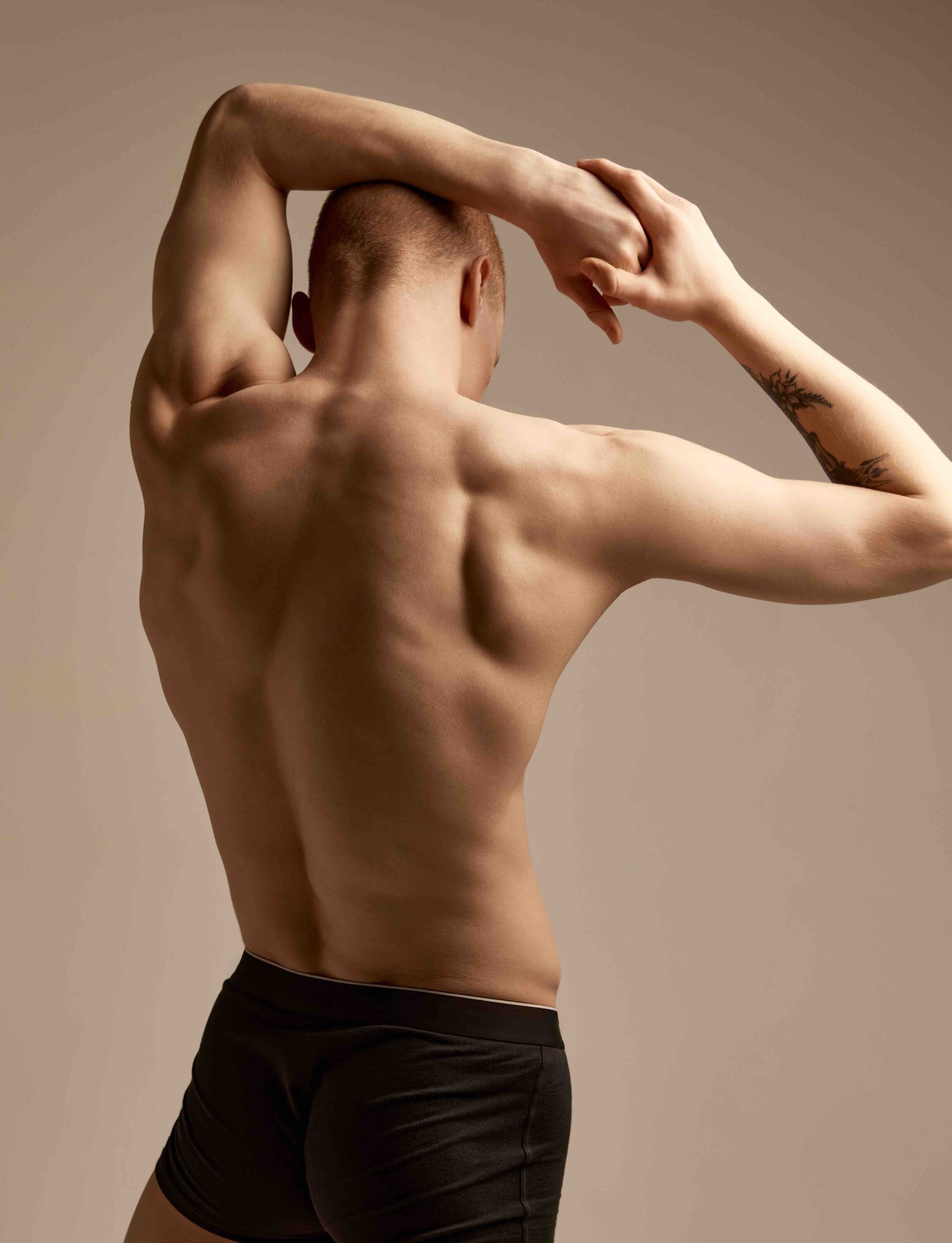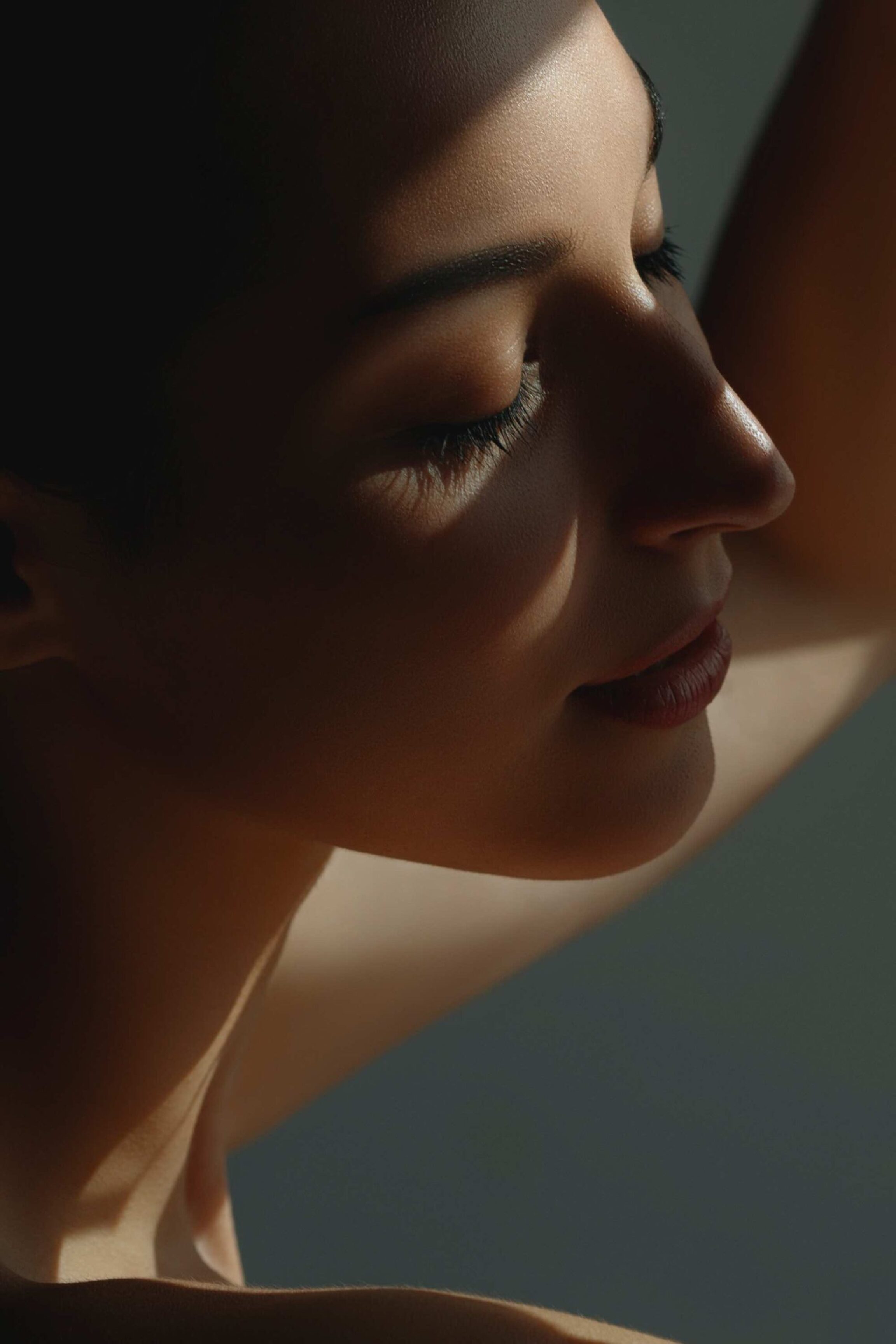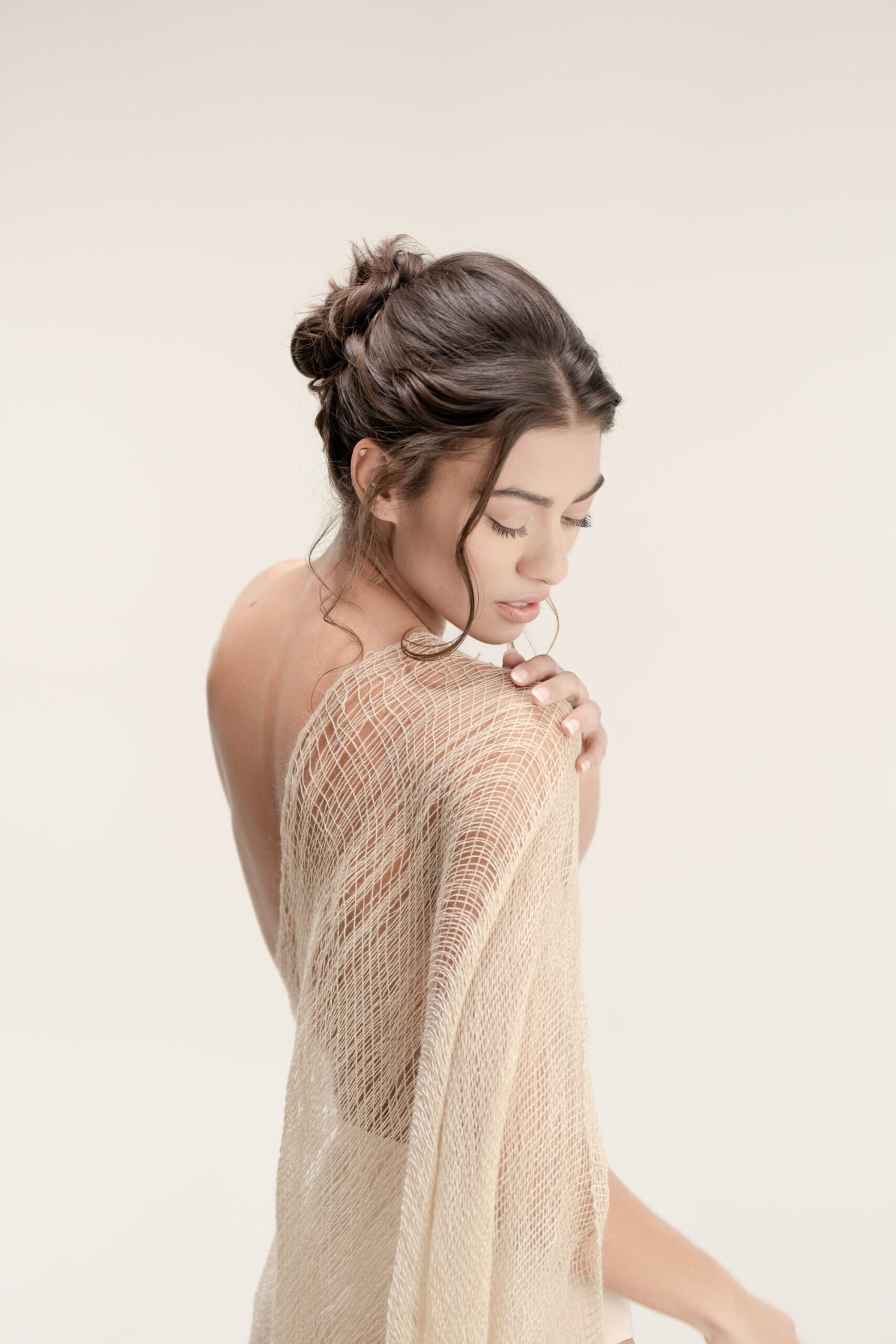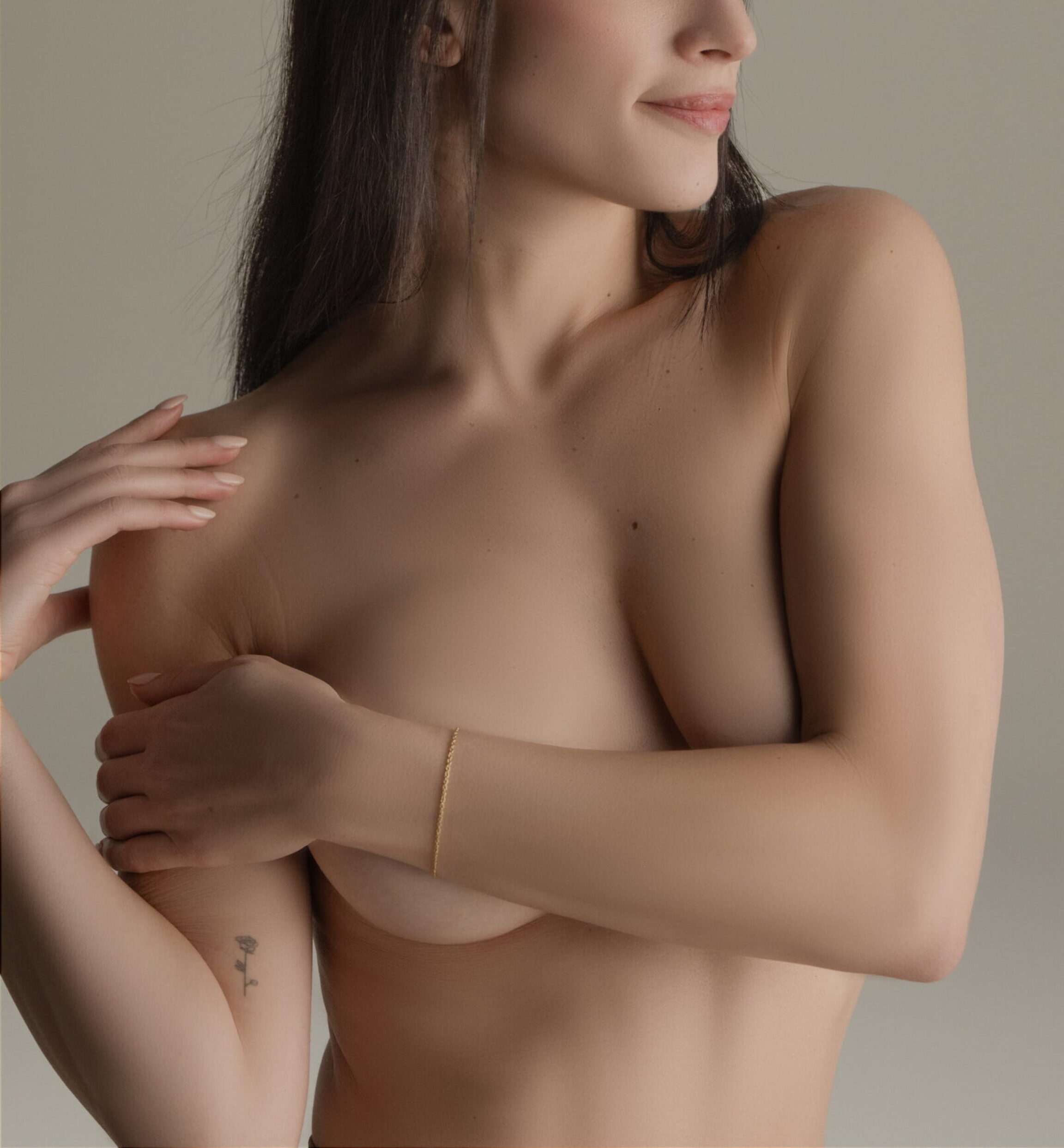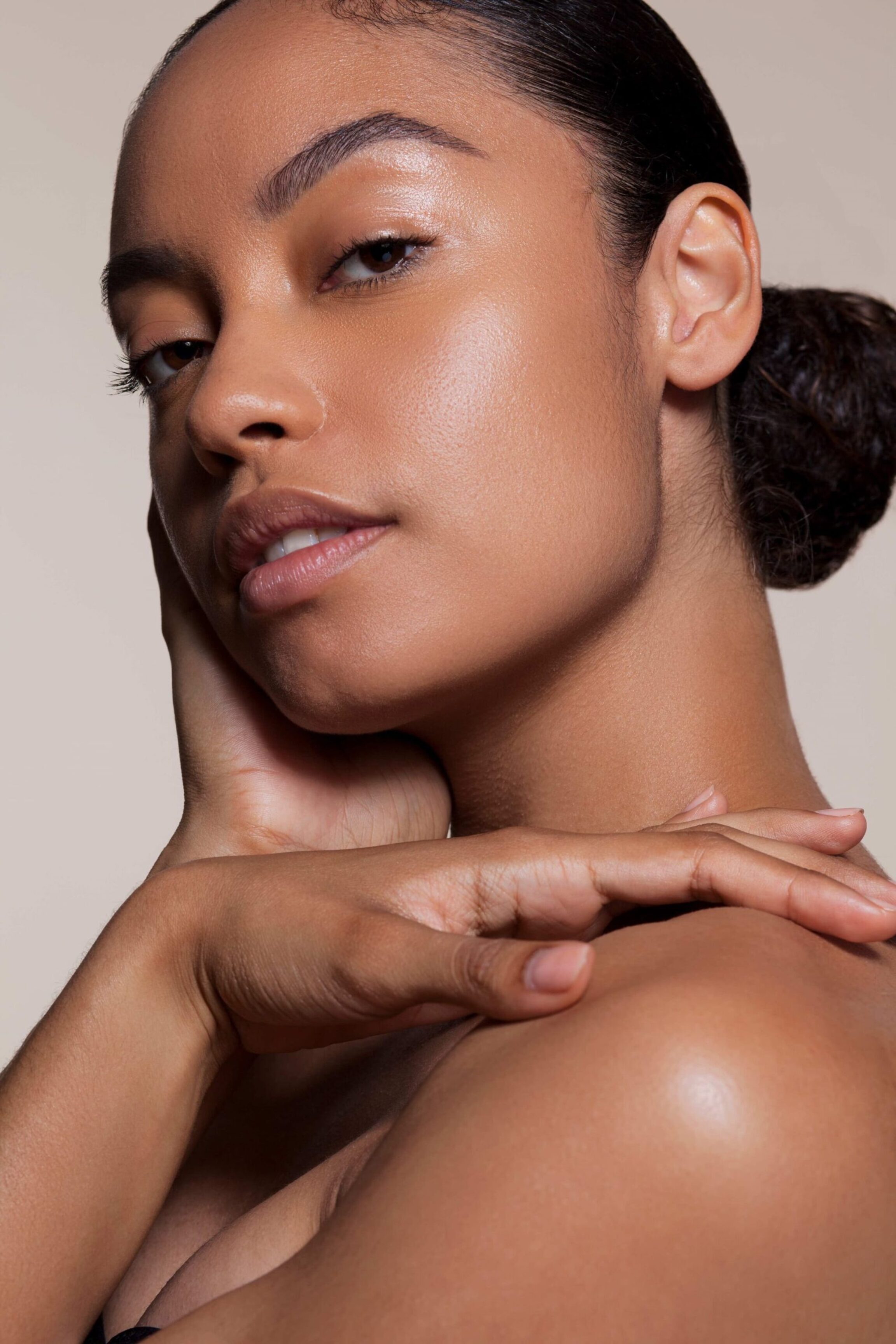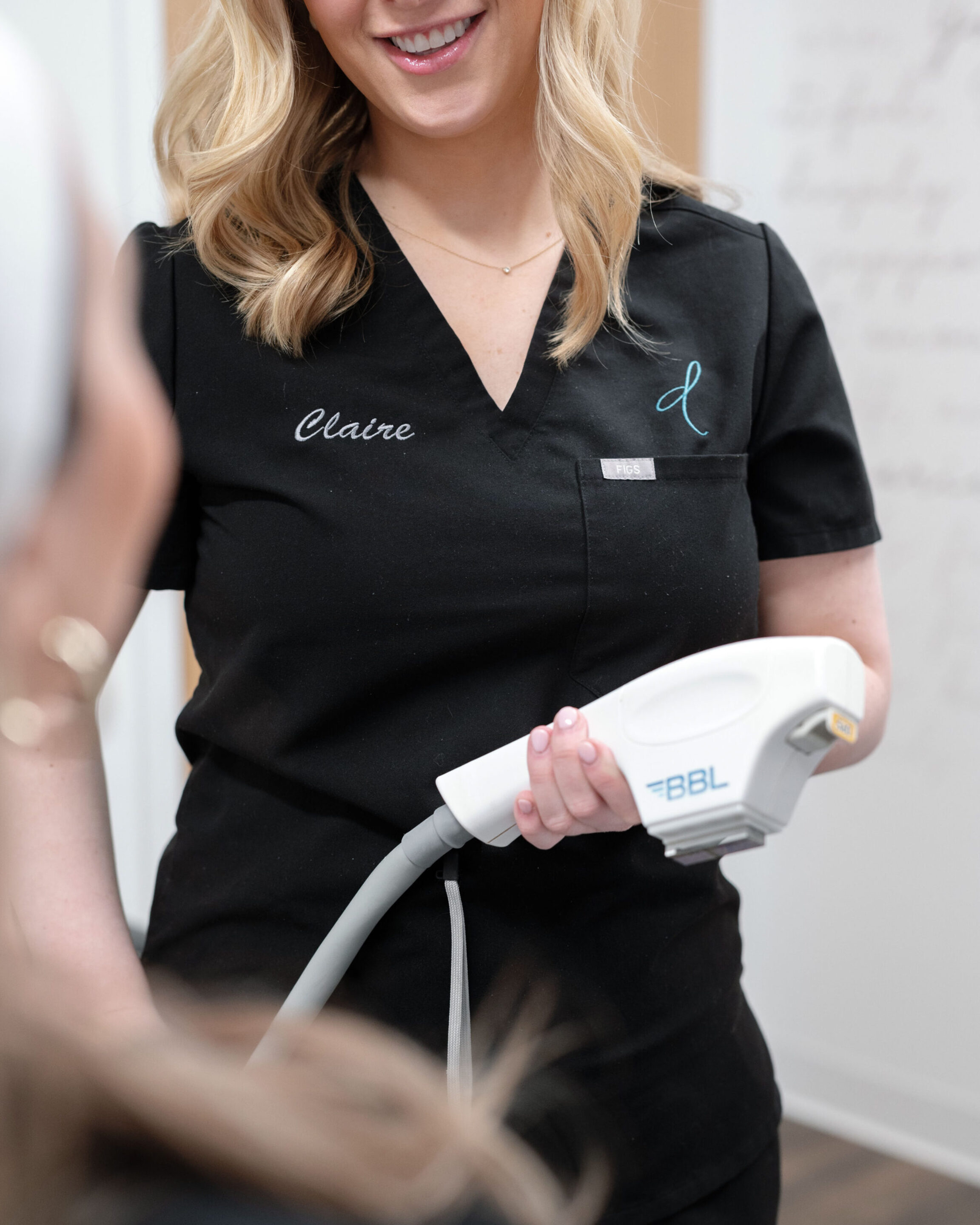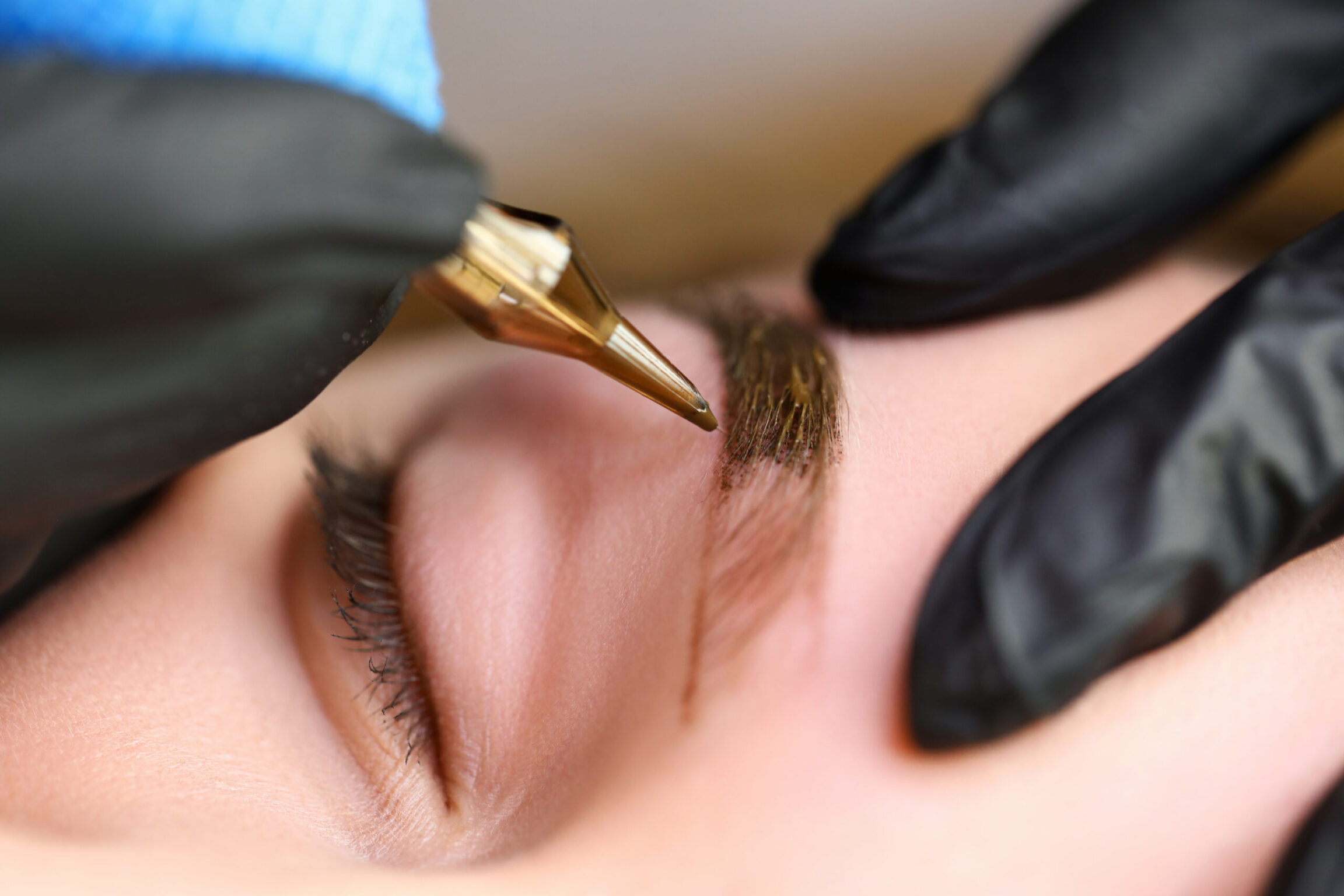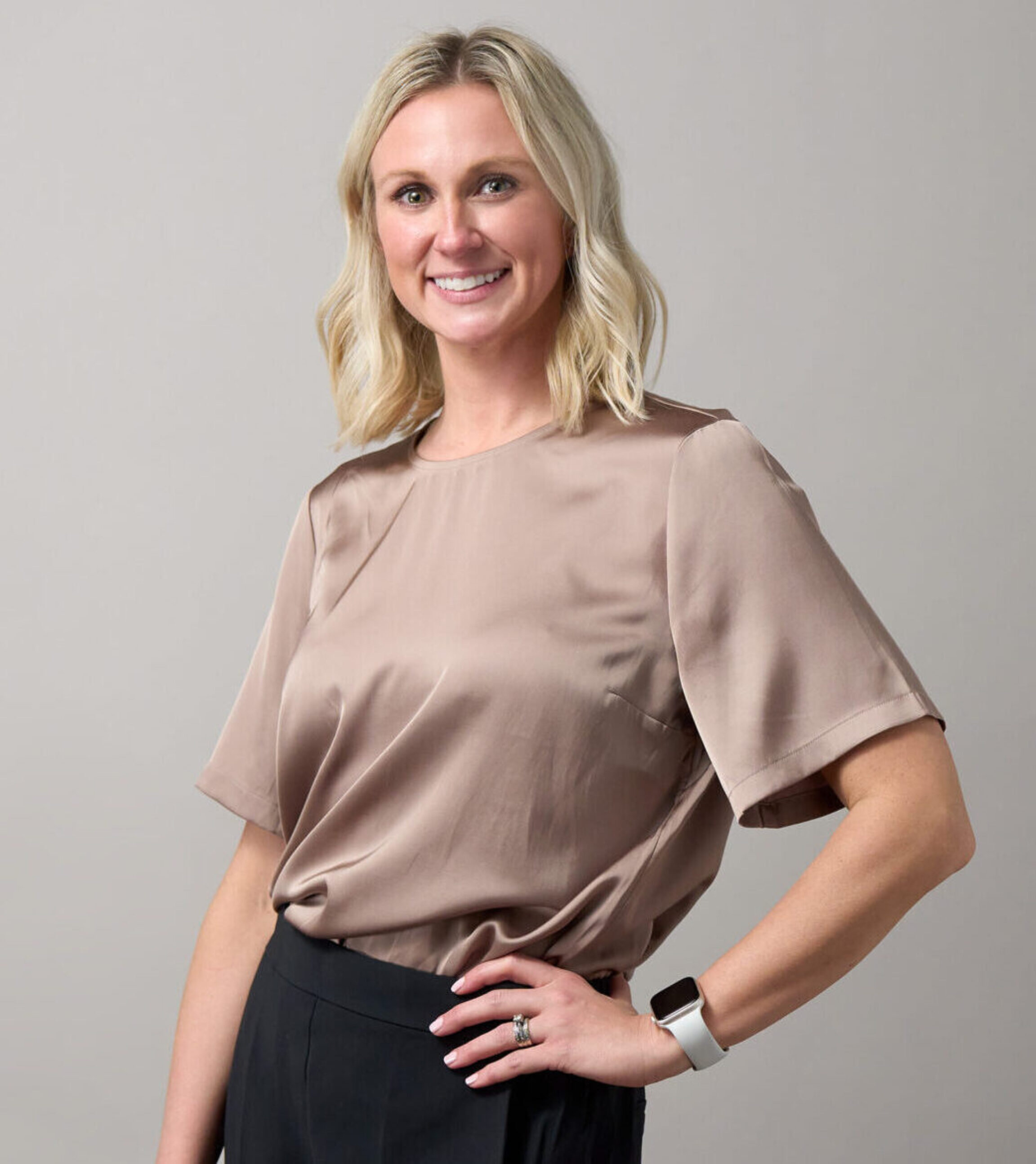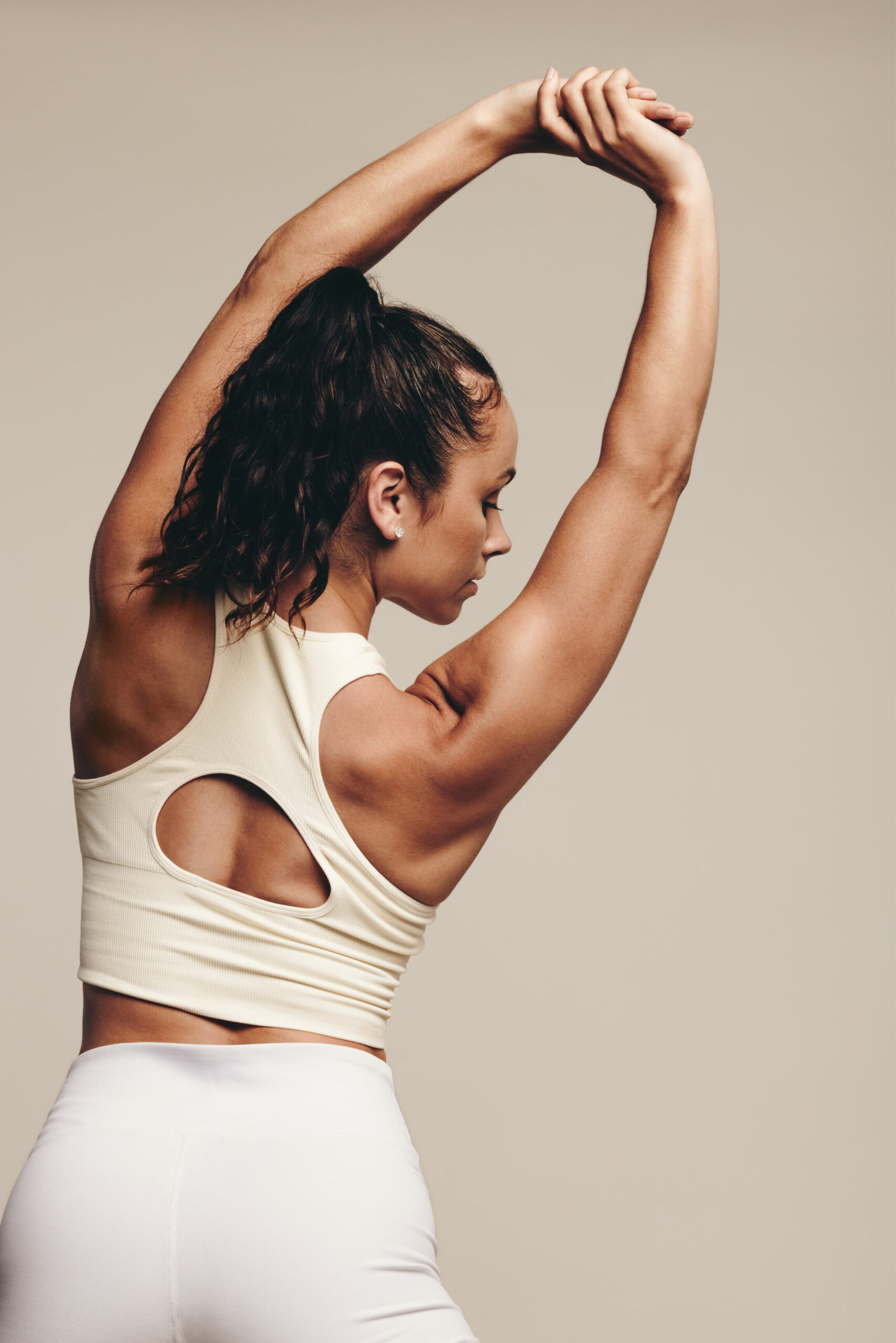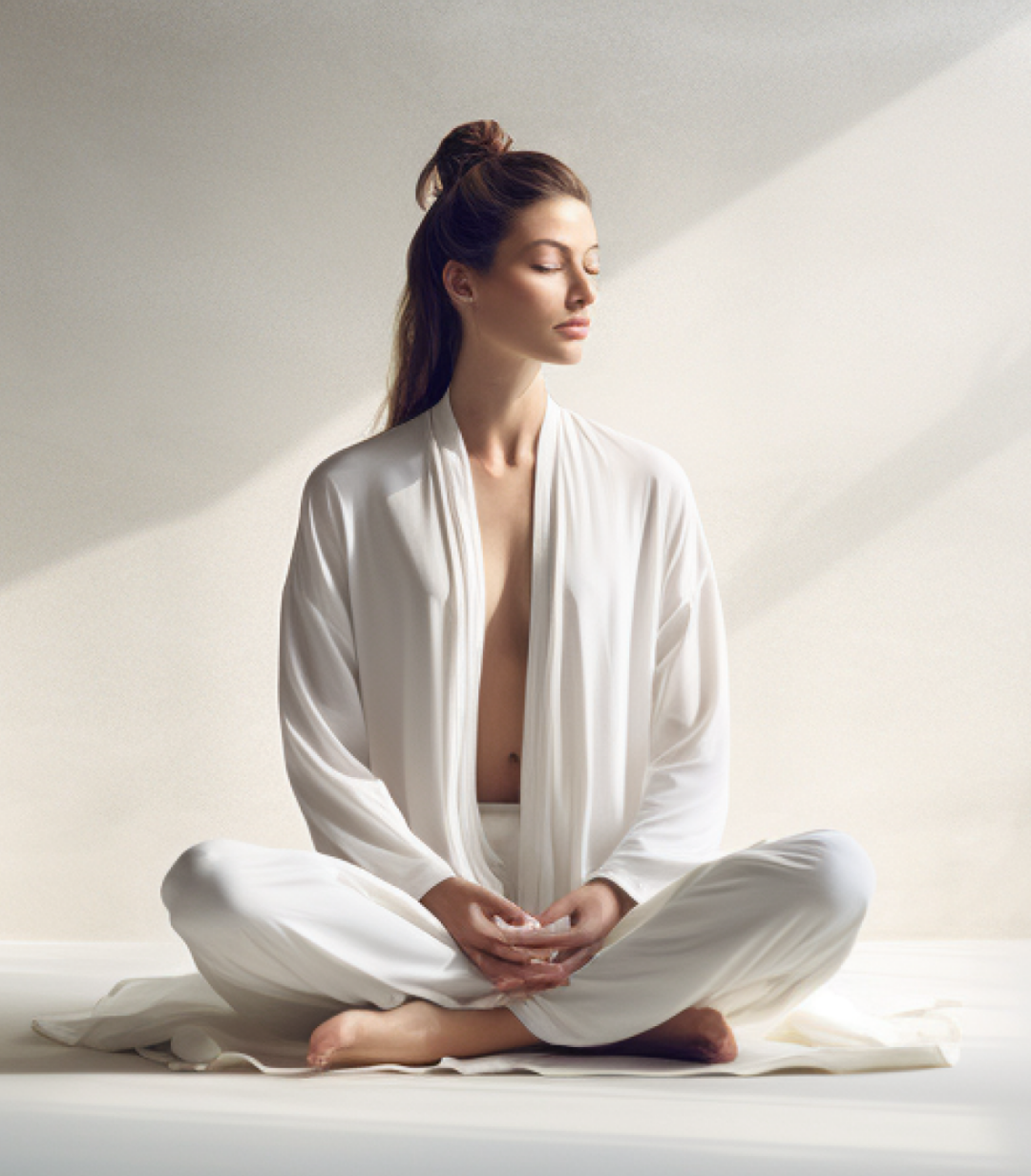Month: March 2019
The age of fitness influencers is upon us. Not only are they selling us waist trainers and flat tummy teas, but they are also selling us the design of today’s “perfect” body standard: a teensy waist and a butt for which Sir Mix-a-Lot would come out of retirement.
While these curvy frames are popular now, they haven’t always been en vogue. The “ideal” female body has seen a lot of change throughout time; much like fashion trends, body ideals change to reflect pop culture, making many women feel like they have to fit a certain mold to feel beautiful.
Cassey Ho, the fitness expert behind Blogilates, recently took to Instagram to give us all a much-needed wake-up call. Using her own image and some PhotoShop magic, she edited her own body to show the most desirable body shapes throughout the last few hundred years.
Inspired by Cassey, we decided to take a look at the “perfect” body type of some of society’s defining eras: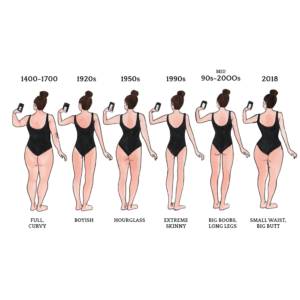
Of course, the 2010s have seen the rise in popularity of exaggerated curves and big butts. There are many reasons why this figure dominates the media, but it is largely due in part to celebrity influence. Also, as notions of beauty in mainstream media have become more culturally diverse, an ample backside has become a more desirable trait for many women around the world.
2000s: Large Breasts, Long Legs
Rewinding to the early 2000s, large breasts and long slim legs were idealized as the peak of femininity. Instead of the butt, breasts took center stage as the most desirable feature for women.
1990s: Extremely Skinny
In the 1990s, the skinny revolution was in full force. The idea that ‘skinny’ meant ‘healthy’ was a pervasive one in media messaging, and women were restricting their intake like never before to achieve the look. Supermodels like Kate Moss and Naomi Campbell in magazines and fashion campaigns reinforced the message.
1950s: Hourglass
Moving back in time to the 1950s, the hourglass figure was the ideal body shape for women. Popularized by Hollywood starlets like Elizabeth Taylor and Marilyn Monroe, women considered to represent the apex of 1950s beauty, the hourglass shape included an ample bosom, miniscule waist, and full hips. Much like today, shapewear was all the rage to achieve this voluptuous figure.
1920s: Boyish
The 1920s were defined by slender and androgynous bodies, perfectly suited for flapper attire. Angular bodies with a svelte physique were considered attractive, resulting in many women feeling pressure to bind their breasts to minimize their figure.
1400 – 1700s: Full, Curvy
From the 15th century to the 18th century, full-bodied figures were considered to be the most beautiful. Having ample proportions meant that one was well-fed, therefore indicating wealth and status and making one more desirable to potential suitors.
What This Means For Women Today
With all of these examples, it is easy to see there is a societal cause behind every ideal body type throughout time. As the world around us changes, so too does our perception of what it means to be beautiful. So what does this mean for women today?
Treating our bodies like fashion trends means that there will always be something new to change. At its core, our desire to fit in with trends is really a desire for happiness and acceptance – however, if we can learn to love our own brand of beauty, the happier we will be. Instead of letting society dictate our choices, focusing on individual needs and desires will allow us to truly shine.
One Size Does Not Fit All
Here at Donaldson Plastic Surgery, we understand that there is no one-size-fits all approach to feeling beautiful. Our team of specialists has lots of experience working one on one with patients to understand their unique goals, desires, and vision for themselves. After all, we believe beauty is rooted in confidence, and it starts with becoming the very best version of yourself.
Our message is a simple one: fashion may fade, but confidence is timeless.
Related Articles
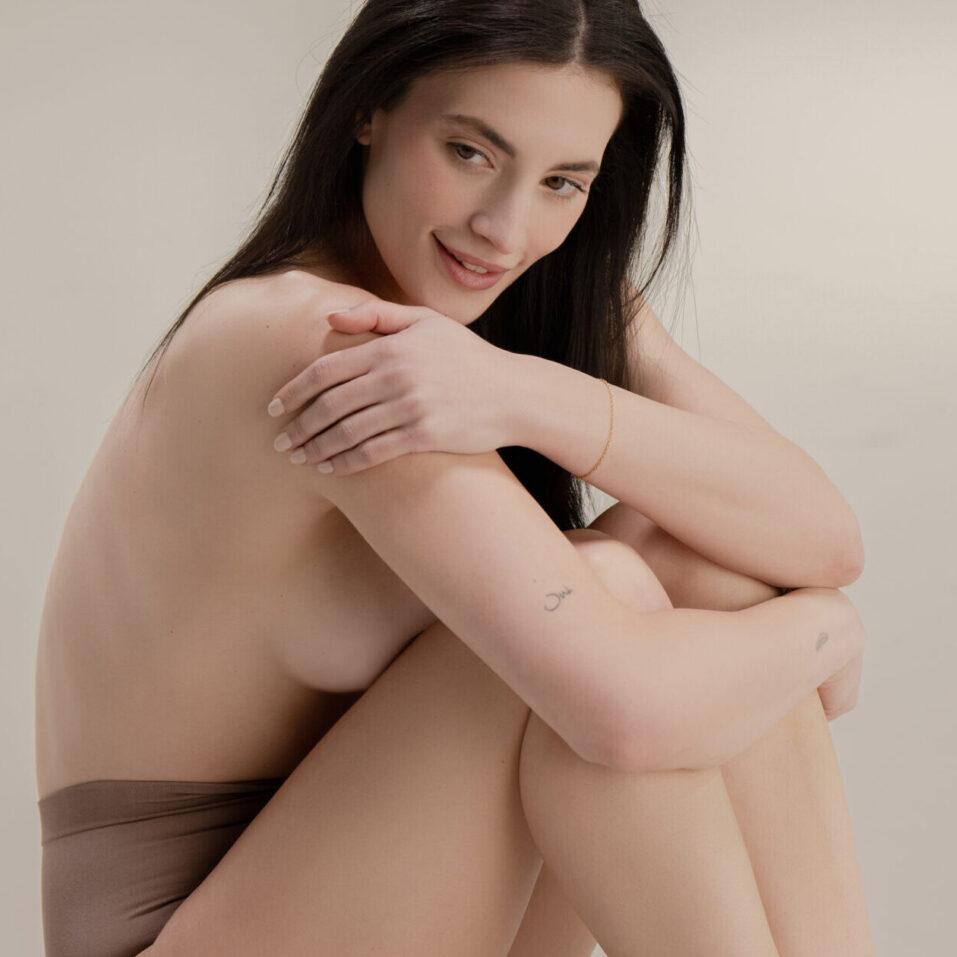
Read More Which Breast Implant Placement Is Best?
Which Breast Implant Placement Is Best?
There are 3 standard placement options, each with its own distinct advantages based on your anatomy & aesthetic goals.

Read More Episode 1: Destigmatizing Breast Augmentation
Episode 1: Destigmatizing Breast Augmentation
In the premiere episode of Asking for a Friend, our experts shed light on one of the most popular procedures: breast augmentation.

Read More How Plastic Surgery Can Enhance Health
How Plastic Surgery Can Enhance Health
Most known for its aesthetic benefits, plastic surgery can also be used to enhance your overall health & well-being.
